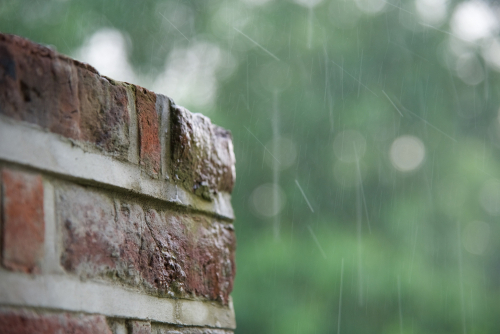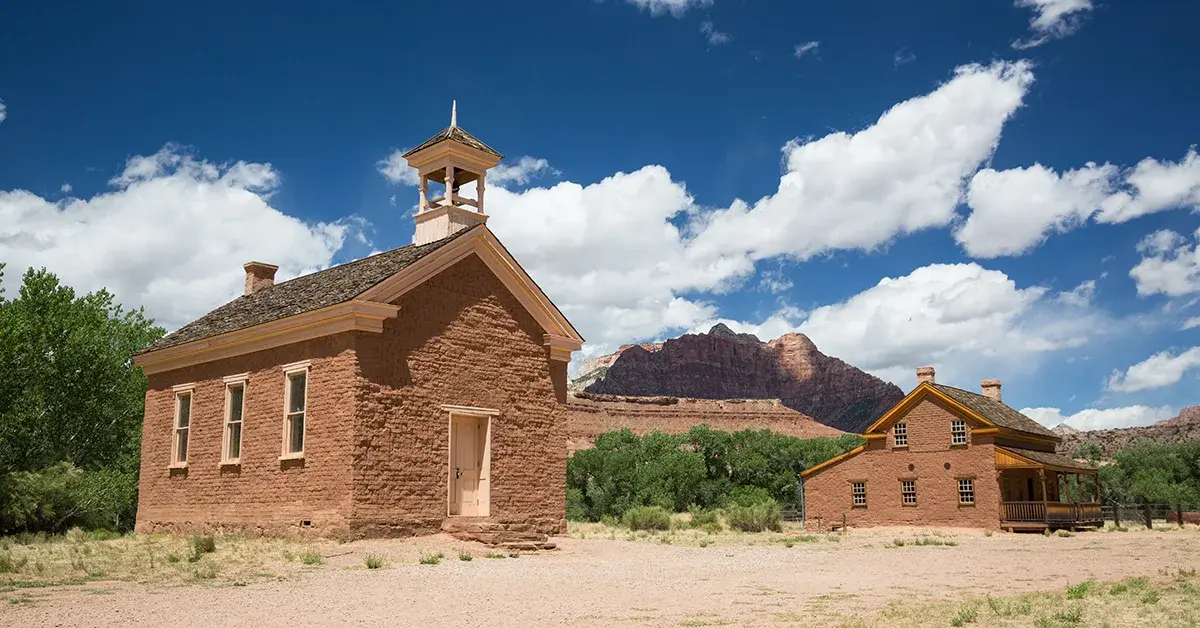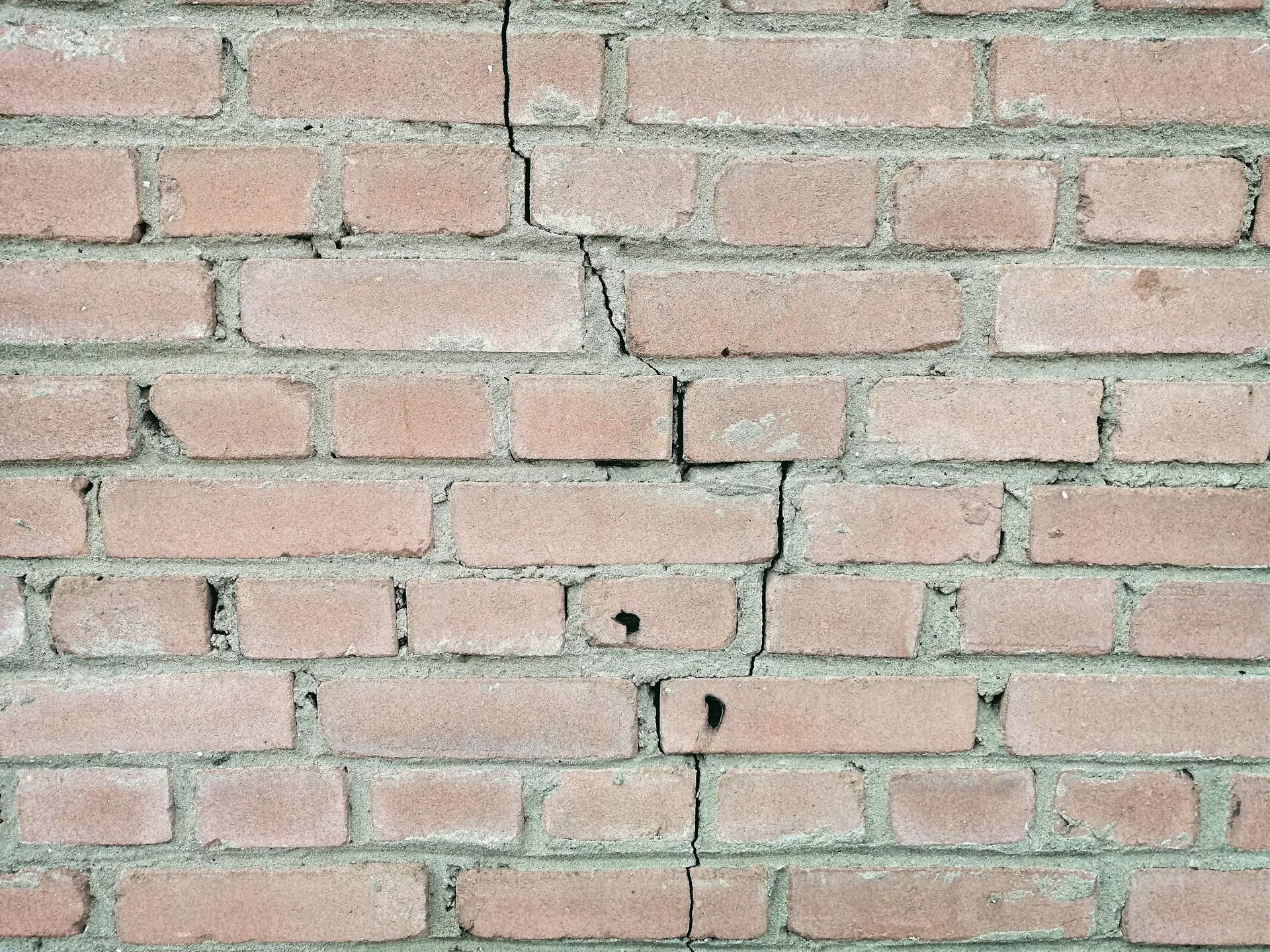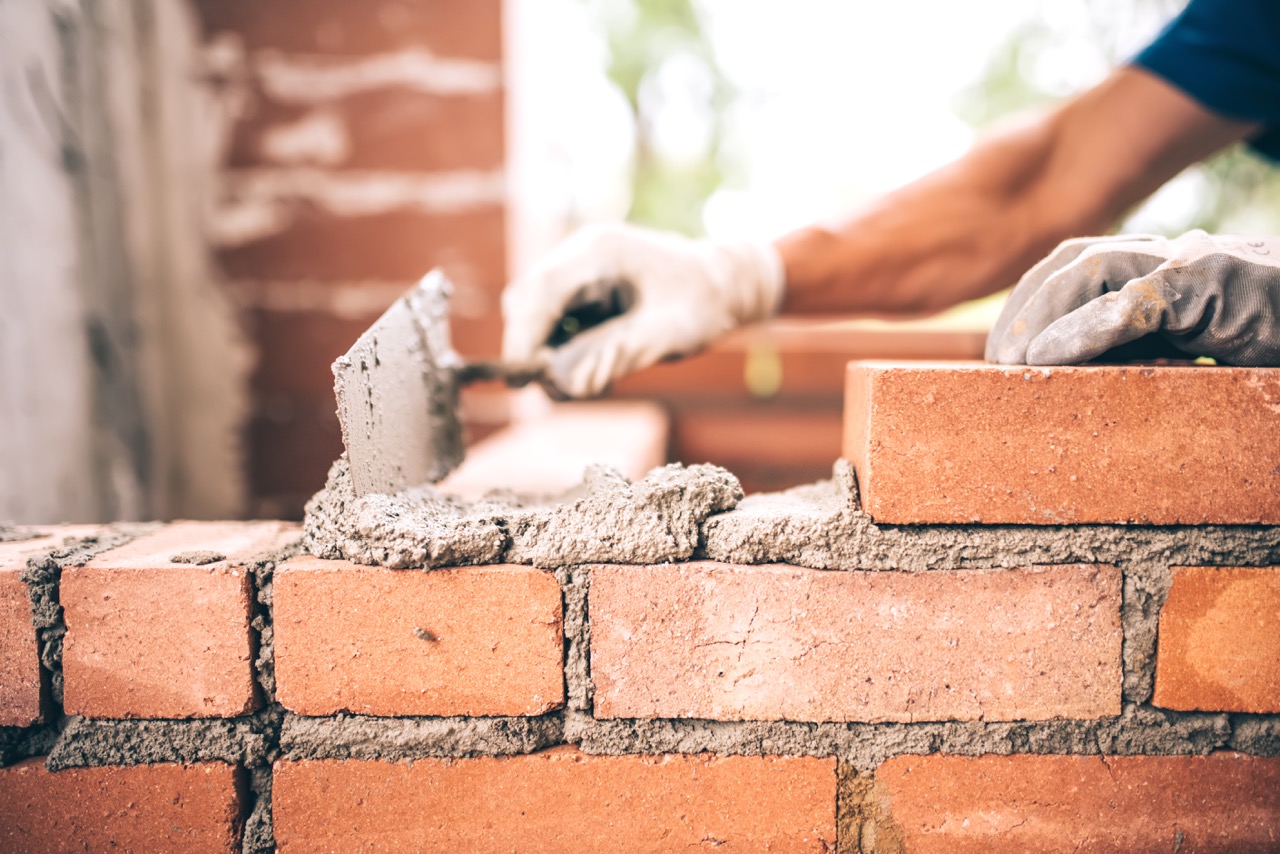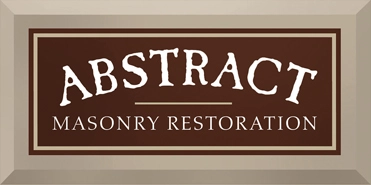The Essential Types of Masonry Sealants
Masonry sealants are a modern way to protect historical structures from water damage and corrosion due to moisture and other elements. However, these sealants are only part of the puzzle. Using the wrong sealant on masonry, or applying it incorrectly, can often lead to worse problems in the long-run than if you had just left it alone. Because of this, it’s important that we use these sealants correctly, and in a strategic way.
So, where are we putting these sealants in our structures? The sealant is meant to protect a few different places…
- …Joints that connect the veneers of brick, stone, concrete, or other materials
- …Joints that surround windows, doors, signage, or other non-masonry points in the structure
- …Any masonry surfaces that lie horizontally (plazas, terraces, patios, etc.)
- …Flashing and coping joints
The type of sealant that you use is very critical because many types of sealants cannot form a bond to other sealants, which means that problems arise in the curing process. This will lead to issues in the appearance of masonry and a sealant that isn’t effectively protecting it from moisture and corrosion. Some signs that your masonry sealant is failing include rapid weathering, a lack of sealant cohesion, peeling from the masonry material, and a noticeable lack or abundance of elasticity in the bond.
When it comes to the actual types of sealants that we use to preserve masonry, there are 2 main types that you should know that we utilize at Abstract Masonry:
Silicone Sealants
Silicone sealants are ideally used on non-porous masonry materials, due to the fact that most of them have acidic properties during the curing process, which can be damaging to porous materials (such as brick). However, there are some that are cured with alcohol, to prevent discoloration on specific materials. Discoloration of the sealant can also be an issue if there is an abundance of dust or dirt in the air.
Urethane Sealants
Urethane sealants are perfect for expansion joints (also known as movement joints) in a structure, where the masonry is subject to dealing with high rates of temperature-induced contraction and expansion. This is because urethane sealants have a higher level of elasticity and are able to expand and contract with the specific joint. Urethane can have different effects in different climates, as it is susceptible to visible changes in heat. For this reason, climate is an important consideration when using this type of sealant.
The right sealant is dependent on your location, needs, and specific masonry materials. Always be sure to consult an expert before applying masonry sealants.


